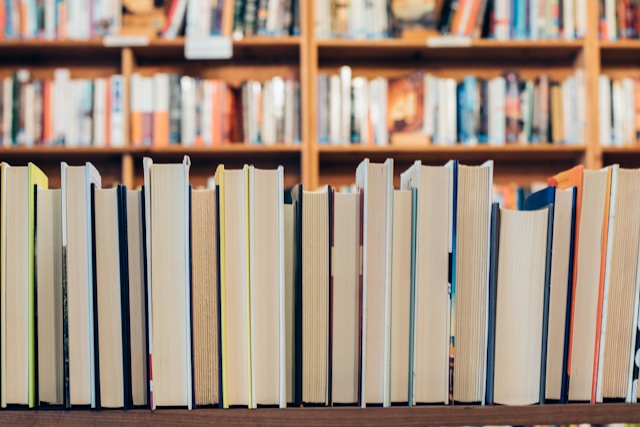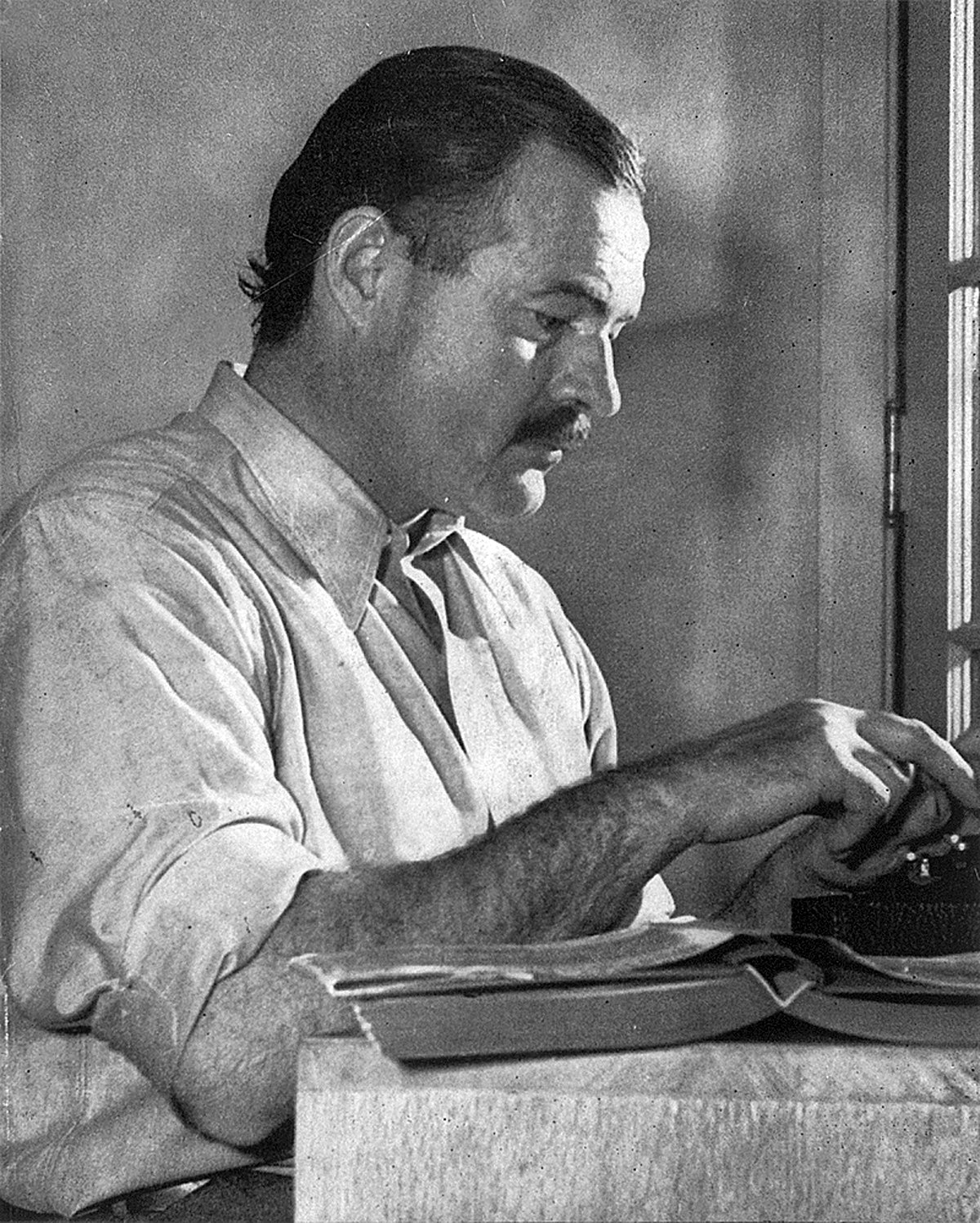Welcome to our comprehensive guide on the top 100 best classic books that everyone should read. From gripping novels to profound philosophical treatises, these books have stood the test of time and continue to captivate readers across generations. So, let’s dive into the rich world of classic literature!
“1984” by George Orwell
This dystopian novel exposes the dangers of totalitarian regimes. It follows Winston Smith, who works in a government agency responsible for altering historical records to fit the propaganda of the ruling party. As he becomes disillusioned, he secretly defies the government, leading to dire consequences. The book questions the sanctity of truth and individual freedom.
“To Kill a Mockingbird” by Harper Lee
Set in the Deep South during the Great Depression, this coming-of-age tale explores themes of racism and moral integrity. Narrated by Scout Finch, it depicts the innocence of childhood and the corruption of societal prejudices. The novel is a profound commentary on the injustices prevalent in society.
“Pride and Prejudice” by Jane Austen
A classic romantic comedy of manners, this novel examines 19th-century British society through the eyes of Elizabeth Bennet, a young woman who refuses to marry for anything less than love. It’s a witty exploration of class, reputation, and the perils of judging others prematurely.
“Moby Dick” by Herman Melville
This is a profound exploration of obsession, as Captain Ahab chases the great white whale, Moby Dick, which cost him his leg. Told through the eyes of sailor Ishmael, this intense, philosophical, and detailed narrative stands as an impressive examination of human nature.
“The Great Gatsby” by F. Scott Fitzgerald
Set in the Roaring Twenties, this novel critiques the American Dream through the tragic story of Jay Gatsby, a man obsessed with the past and a woman named Daisy. It’s a melancholy examination of wealth, love, idealism, and the relentless pursuit of unattainable goals.
“The Catcher in the Rye” by J.D. Salinger
The novel follows a few days in the life of sixteen-year-old Holden Caulfield after he’s expelled from prep school. It’s a deep dive into the adolescent psyche, exploring themes of alienation, rebellion, and the painful process of growing up.
“Beloved” by Toni Morrison
“Beloved” is a harrowing exploration of the legacy of slavery. The story centers on Sethe, a former slave haunted by her past, and her daughter, Denver. When a strange woman named Beloved enters their lives, their shared history unravels.
“A Hundred Years of Solitude” by Gabriel Garcia Marquez
Marquez’s masterpiece weaves a magical tapestry of the Buendia family over seven generations in the mythical town of Macondo. It’s a captivating exploration of solitude, love, magical realism, and the cyclical nature of history.
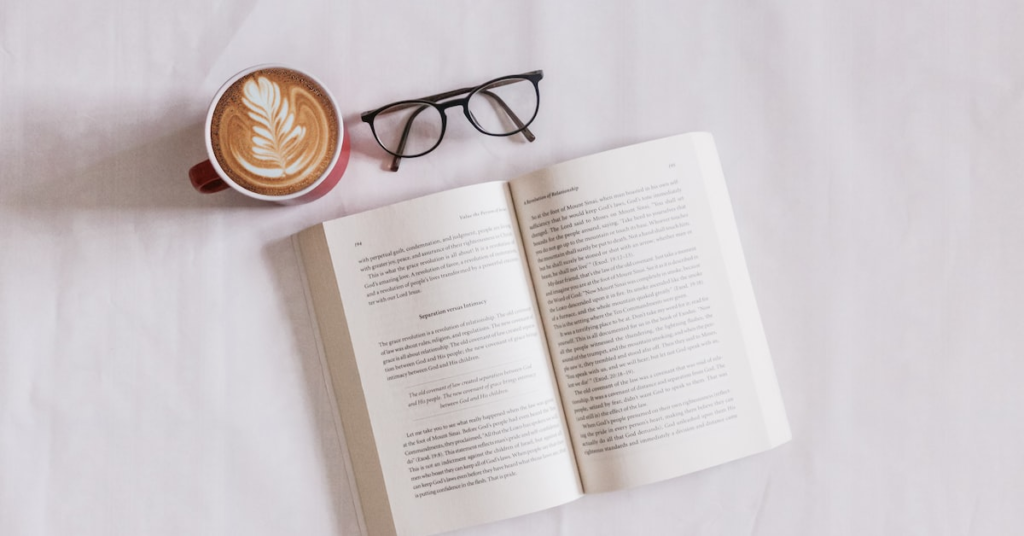
“One Flew Over the Cuckoo’s Nest” by Ken Kesey
Set in a mental hospital, the novel juxtaposes the freewheeling Randle McMurphy against the oppressive Nurse Ratched. It’s a powerful commentary on conformity, individuality, sanity, and the misuse of power.
“Invisible Man” by Ralph Ellison
The book explores the theme of identity in a racially divided society. The unnamed protagonist’s journey from the South to the North is a search for self-awareness and meaning in a world that refuses to see him for who he truly is.
“Catch-22” by Joseph Heller
Set during World War II, the novel introduces the concept of “Catch-22,” a military regulation that embodies the illogical bureaucracy of war. It follows Yossarian, a U.S. Air Force B-25 bombardier, and a broad range of eccentric characters.
“Lord of the Flies” by William Golding
When a group of British boys is stranded on an uninhabited island, their attempt to govern themselves results in savagery and disaster. It’s a chilling exploration of the inherent violence in human nature.
“Brave New World” by Aldous Huxley
Huxley’s dystopian novel presents a future society obsessed with efficiency and uniformity, achieved through advanced technology and psychological manipulation. It’s a cautionary tale about sacrificing personal freedoms for stability and comfort.
“The Odyssey” by Homer
This ancient Greek epic follows the hero Odysseus on his long journey home after the Trojan War. Filled with mythical creatures, divine intervention, and immense challenges, it’s a timeless exploration of heroism, cunning, and the human spirit.
“Crime and Punishment” by Fyodor Dostoevsky
This intense psychological novel explores the mind of Raskolnikov, an impoverished student who commits a horrific crime under a misguided theory. As he wrestles with guilt and paranoia, Dostoevsky delves deep into the themes of redemption and the morality of crime.
“War and Peace” by Leo Tolstoy
An epic tale of five aristocratic families—the Bezukhovs, Bolkonskys, Rostovs, Kuragins, and Drubetskoys—set against the backdrop of the French invasion of Russia. This comprehensive portrait of Russian society intertwines historical events with personal and moral issues.
“Anna Karenina” by Leo Tolstoy
Centered around Anna Karenina’s tragic affair with Count Vronsky, this novel dissects the complexities of love, family, and societal norms in 19th-century Russia. It explores the repercussions of passion unchecked by moral constraints.
“The Stranger” by Albert Camus
This existentialist novel follows Meursault, an emotionally detached French Algerian who kills an Arab man and subsequently faces trial. It’s a study of the absurdity of life and the human condition.
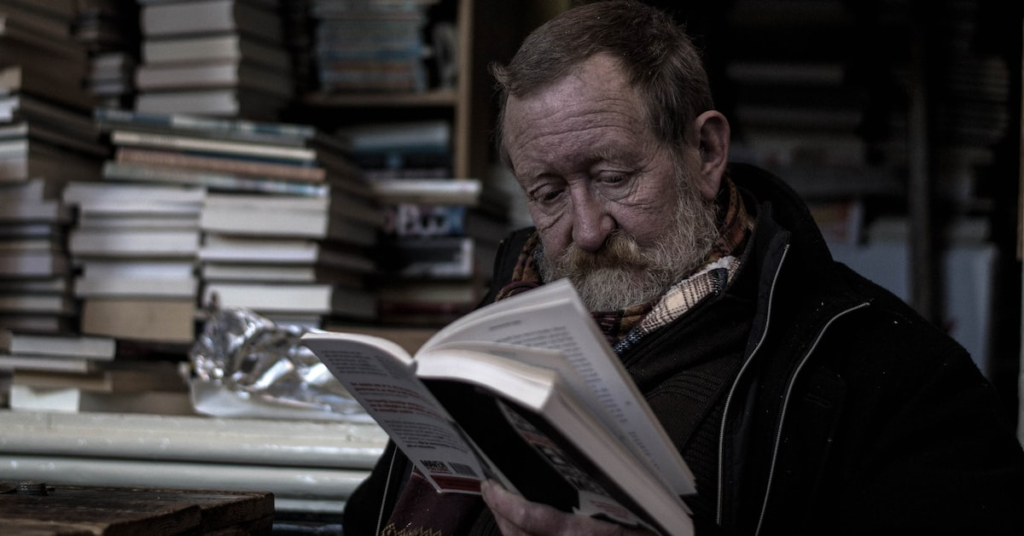
“The Alchemist” by Paulo Coelho
This allegorical novel follows a young Andalusian shepherd, Santiago, on his journey to find a worldly treasure. Along the way, he learns to listen to his heart, follow his dreams, and understand the essence of life.
“To the Lighthouse” by Virginia Woolf
This novel illuminates the complexities of the human mind and familial relationships through the Ramsays’ experiences at their summer home. Woolf’s stream-of-consciousness narrative explores time, existential questions, and the nature of art and life.
“Wuthering Heights” by Emily Brontë
A novel of intense passion and bitter vengeance, “Wuthering Heights” follows the tumultuous relationship between Heathcliff, a mysterious orphan, and Catherine Earnshaw. Set against the backdrop of England’s stormy moors, the novel explores the destructive potential of love and obsession.
“Ulysses” by James Joyce
This modernist novel charts a day in the life of Leopold Bloom in Dublin. With its stream-of-consciousness technique and careful structuring, “Ulysses” is both an intimate exploration of the human mind and a stunning portrayal of early 20th-century Dublin.
“Lolita” by Vladimir Nabokov
“Lolita” tells the controversial story of Humbert, a middle-aged literature professor who becomes sexually obsessed with a twelve-year-old girl. The novel is renowned for its intricate wordplay, ironic humor, and its challenging examination of love and morality.
“The Brothers Karamazov” by Fyodor Dostoevsky
This final novel by Dostoevsky involves the ethical debates of God, free will, and morality. It focuses on the tragic and tumultuous lives of the Karamazov brothers. The book is a thought-provoking exploration of faith, doubt, and the essence of humanity.
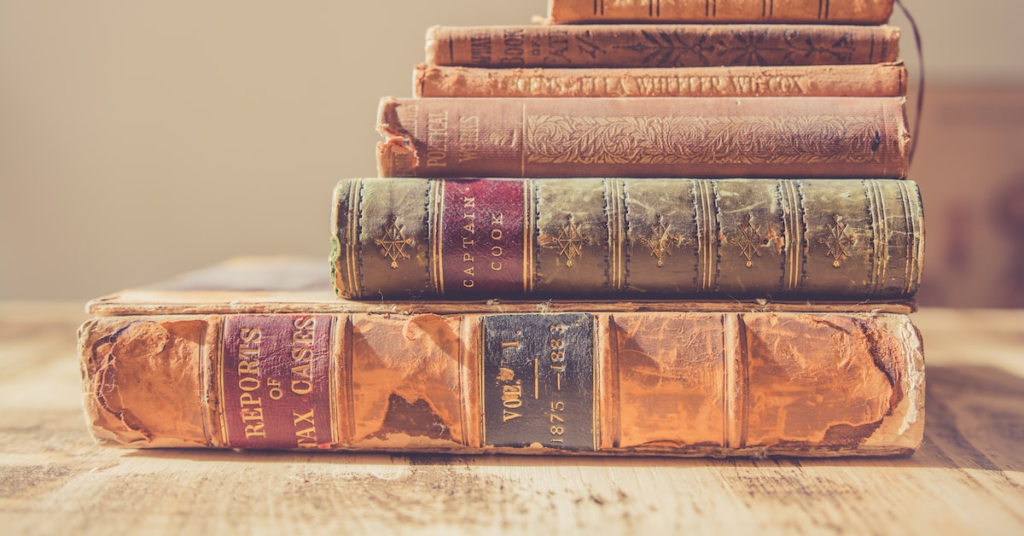
“Madame Bovary” by Gustave Flaubert
The novel details the life of Emma Bovary, a doctor’s wife, who seeks escape from her dull provincial life through adultery and reckless spending. The book is a detailed examination of desire, disillusionment, and the destructive consequences of unfulfilled dreams.
“Don Quixote” by Miguel de Cervantes
In this classic Spanish novel, Don Quixote, driven mad by reading too many chivalric romances, sets off on his adventures, along with his earthy squire Sancho Panza. It’s a humorous exploration of reality and fiction, and the interplay between the two.
“Middlemarch” by George Eliot
Set in the fictitious town of Middlemarch, Eliot explores the web of relationships in a community with her remarkable insight into human nature. The narrative intricately examines love, marriage, disappointment, and political unrest.
“Gulliver’s Travels” by Jonathan Swift
This satirical travel narrative follows Gulliver as he encounters different fantastical societies, including tiny Lilliputians and giant Brobdingnagians. It’s a scathing critique of human nature and the functioning of society, using humor and irony to great effect.
“Frankenstein” by Mary Shelley
Shelley’s gothic novel tells the tale of Victor Frankenstein, who creates a creature in an unorthodox scientific experiment. The narrative explores themes of ambition, isolation, revenge, and the moral implications of playing God.
“A Tale of Two Cities” by Charles Dickens
Set against the backdrop of the French Revolution, this novel contrasts life in London and Paris. It follows the lives of Charles Darnay, a French once-aristocrat, and Sydney Carton, a dissipated British barrister. Their intertwined fates serve as a commentary on justice and sacrifice.
“Les Misérables” by Victor Hugo
This historical novel portrays the life of Jean Valjean, a former convict, and his pursuit of redemption in a world rife with moral ambiguity. Set in the backdrop of early 19th-century France, the book explores themes of law, grace, and injustice.
“Great Expectations” by Charles Dickens
This novel tells the story of Pip, an orphan boy who dreams of becoming a gentleman. The narrative revolves around Pip’s relationships with the beautiful Estella and the wealthy yet reclusive Miss Havisham. It’s a tale of ambition, love, and the consequences of the choices we make.
“Slaughterhouse-Five” by Kurt Vonnegut
This satirical novel recounts the World War II experiences and time-traveling adventures of Billy Pilgrim. It’s a darkly humorous critique of war and its devastating impacts, exploring themes of fate, free will, and the fluid nature of time.
“Maus” by Art Spiegelman
“Maus” is a graphic novel that recounts the experiences of the author’s father, a Holocaust survivor. Depicting Jews as mice and Nazis as cats, it’s a powerful and emotive exploration of memory, guilt, and the atrocities of the Holocaust.
“The Diary of a Young Girl” by Anne Frank
This poignant diary gives a firsthand account of a Jewish girl hiding from the Nazis in Amsterdam during World War II. Anne Frank’s insights and experiences form a powerful testament to the human spirit amid unimaginable atrocities.
“The Bell Jar” by Sylvia Plath
This semi-autobiographical novel explores the descent of Esther Greenwood into mental illness. It’s a raw and often shocking depiction of depression and the pressure’s society places on young women.
“Beloved” by Toni Morrison
In this haunting novel, Sethe, a former slave, is visited by the vengeful ghost of her deceased baby, whom she killed to save from the horrors of slavery. Morrison explores the psychological impact of slavery and the enduring power of maternal love.
“The Hobbit” by J.R.R. Tolkien
This fantasy novel follows Bilbo Baggins, a comfort-loving hobbit, who embarks on a quest for treasure along with a group of dwarves and the wizard Gandalf. The journey takes him into a world of magic, danger, and unexpected courage.
“One Hundred Years of Solitude” by Gabriel García Márquez
This seminal work of magical realism tells the story of the Buendía family over seven generations in the mythical town of Macondo. It’s a rich tapestry of human experience, exploring themes of time, solitude, and historical cyclicity.
“The Lord of the Rings” by J.R.R. Tolkien
In this epic fantasy trilogy, hobbit Frodo Baggins embarks on a perilous journey to destroy a powerful ring that could bring about the end of the world. It’s a story of heroism, fellowship, and the ultimate battle between good and evil.
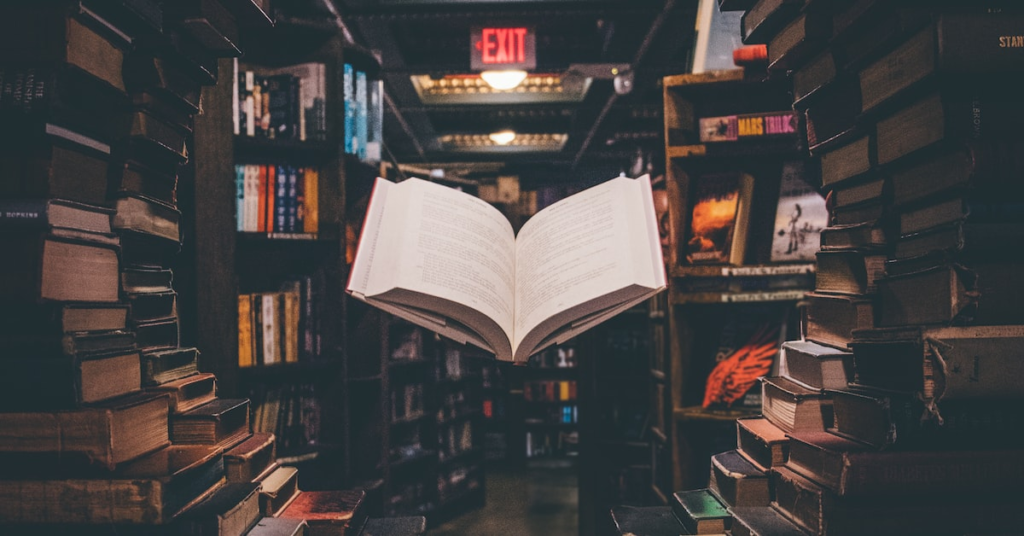
“Life of Pi” by Yann Martel
This philosophical adventure novel follows Pi Patel, a young Indian boy who survives 227 days at sea with a Bengal tiger named Richard Parker. The narrative explores themes of spirituality, survival, and the blurred boundaries between reality and fiction.
“Things Fall Apart” by Chinua Achebe
The novel tells the story of Okonkwo, a respected warrior in an Igbo village in Nigeria, and his struggle with the changing society. It’s a powerful exploration of colonialism, traditional African values, masculinity, and the clash of cultures.
“The Handmaid’s Tale” by Margaret Atwood
Set in a dystopian future where fertility rates have declined, women are reduced to their reproductive functions. The novel follows Offred, a handmaid, who gives a harrowing account of life under the theocratic regime of Gilead. It’s a chilling critique of patriarchal societies.
“Fahrenheit 451” by Ray Bradbury
In a future society where books are banned and burned, Guy Montag, a fireman, starts questioning the status quo. The novel is a stark warning against censorship, the suppression of dissenting ideas, and the dangers of a complacent society.
“A Clockwork Orange” by Anthony Burgess
The novel presents a grim future of rampant crime and a government solution that’s equally horrifying. It follows the violent journey of Alex, a teenage sociopath. The narrative explores themes of morality, free will, and the dichotomy of good and evil.
“The Book Thief” by Markus Zusak
Set in Nazi Germany, this novel follows Liesel Meminger, a young girl living with a foster family, who finds solace in stealing books. Narrated by Death, the novel explores the power of words and the small acts of resistance in a time of atrocities.
“The Old Man and the Sea” by Ernest Hemingway
This novella tells the tale of Santiago, an old Cuban fisherman, and his epic struggle with a giant marlin far out in the Gulf Stream. It’s a poignant exploration of perseverance, the human spirit, and man’s relationship with nature.
“The Picture of Dorian Gray” by Oscar Wilde
The novel revolves around Dorian Gray, a handsome young man, who remains eternally youthful while a portrait of him ages and records his moral decay. It’s a chilling exploration of vanity, hedonism, and the cost of living a life devoid of morality.
“Catch-22” by Joseph Heller
Set during World War II, the novel is a satirical critique of military bureaucracy, exploring the absurdity of war through the experiences of bombardier Yossarian. Heller’s circular logic and dark humor create a Kafkaesque depiction of war and power.
“Lolita” by Vladimir Nabokov
“Lolita” is the controversial tale of Humbert, a middle-aged man infatuated with a 12-year-old girl. Nabokov’s narrative delves into the darker aspects of obsession, manipulation, and the complexity of human emotions, wrapped in exquisite prose.

“The Color Purple” by Alice Walker
This epistolary novel follows the life of Celie, an African American woman in the South who survives incredible abuse and bigotry. The narrative explores themes of racism, sexism, sisterhood, and personal growth against a backdrop of early 20th-century America.
“Of Mice and Men” by John Steinbeck
This novella depicts the friendship between George Milton and Lennie Small, two displaced ranch workers during the Great Depression. It’s a powerful exploration of dreams, friendship, and the harsh realities faced by the working class.
“Rebecca” by Daphne du Maurier
In this classic gothic novel, the unnamed narrator struggles to overcome the memory of her husband’s first wife, Rebecca. The novel combines elements of mystery, horror, and psychological suspense, creating a haunting atmosphere of obsession and fear.
“I Know Why the Caged Bird Sings” by Maya Angelou
This autobiography describes Angelou’s early years, her experiences of racism, trauma, and her ultimate journey towards self-empowerment. It’s a powerful exploration of identity, racism, literacy, and the resilience of the human spirit.
“Fight Club” by Chuck Palahniuk
The novel revolves around an insomniac narrator, his destructive alter ego Tyler Durden, and their creation of Fight Club – an underground club for men to fight recreationally. It’s a dark exploration of consumerism, identity, masculinity, and the primal instincts of humans.
“The Road” by Cormac McCarthy
In a post-apocalyptic world, a man and his son journey towards the sea for survival. This haunting novel explores themes of paternal love, hope, and the extremes of humanity in a dying world.
“Maus” by Art Spiegelman
“Maus” is a two-part graphic novel that depicts the Holocaust through the experiences of the author’s father, a Polish Jew. Depicting Jews as mice and Nazis as cats, the novel is a poignant commentary on survival, guilt, and the horror of war.
“Invisible Man” by Ralph Ellison
The novel follows an unnamed African American narrator from the South to Harlem, illuminating his struggle to assert his identity in a society that refuses to see him as a human being. It’s a powerful exploration of race, identity, and self-perception.
“Little Women” by Louisa May Alcott
This novel follows the March sisters – Meg, Jo, Beth, and Amy – as they navigate the challenges of adolescence and adulthood during the Civil War era. It’s a heartwarming exploration of familial love, personal growth, and the trials and triumphs of life.
“The Catcher in the Rye” by J.D. Salinger
The novel follows two days in the life of sixteen-year-old Holden Caulfield after he’s been expelled from prep school. Holden’s adolescent struggles with alienation, identity, and the loss of innocence, makes it a classic tale of teenage angst and rebellion.
“Moby-Dick” by Herman Melville
This novel tells the epic tale of Captain Ahab’s obsessive pursuit of Moby Dick, a ferocious, enigmatic white sperm whale. A rich, complex work, “Moby-Dick” discusses themes such as obsession, the nature of reality, and the human struggle against forces beyond our control.
“One Flew Over the Cuckoo’s Nest” by Ken Kesey
Set in a mental institution, the novel serves as a critique of the mental health system and a challenge to mainstream society’s norms and values. Narrated by a patient, it’s a disturbing yet powerful exploration of individuality and personal freedom.
“The Kite Runner” by Khaled Hosseini
This powerful novel follows the friendship of Amir and Hassan, set against the tumultuous backdrop of Afghanistan. It’s a heartbreaking exploration of the consequences of betrayal, the power of redemption, and the devastating history of war-torn Afghanistan.

“The Stranger” by Albert Camus
This existentialist novel follows Meursault, an emotionally detached French Algerian who murders an Arab man in Algiers. His subsequent trial, more for his lack of conventional emotions than the crime itself, makes it a profound exploration of alienation, morality, and the human condition.
“The Adventures of Huckleberry Finn” by Mark Twain
This novel is a biting social satire that explores racism, civilization, and freedom through the journey of Huck Finn, a young boy, and Jim, a runaway slave. Twain’s blend of adventure, humor, and profound social critique makes this a seminal work of American literature.
“Brave New World” by Aldous Huxley
Set in a dystopian future, society is kept ‘content’ through scientific and psychological engineering, suppressing individuality. The novel is a chilling exploration of technology, power, and the loss of human identity in the face of rapid advancement and societal control.
“War and Peace” by Leo Tolstoy
This epic novel delves into the Napoleonic wars and their impact on Tsarist society through five aristocratic families. It’s a detailed examination of history, politics, philosophy, and the complexities of human nature in the face of war and peace.
“The Grapes of Wrath” by John Steinbeck
Set during the Great Depression, the novel follows the Joad family as they are forced off their Oklahoma farm and travel west to California. It’s a stark depiction of poverty, injustice, and the struggle for survival in an indifferent world.
“The Master and Margarita” by Mikhail Bulgakov
This novel intertwines the stories of the Devil’s visit to atheistic Soviet Union and the trial and crucifixion of Jesus Christ. It’s a satirical critique of Soviet society and a philosophical discussion of good and evil, freedom and oppression.
“The Alchemist” by Paulo Coelho
This novel follows a young Andalusian shepherd, Santiago, in his journey to Egypt, after having a dream of finding a treasure there. The book is a symbolical exploration of self-discovery, personal destiny, and the pursuit of one’s “Personal Legend”.
“The Hitchhiker’s Guide to the Galaxy” by Douglas Adams
This science fiction comedy follows Arthur Dent, a hapless Earthman, as he travels across the universe after Earth’s destruction. With its unique blend of wit, satire, and philosophy, it explores existential questions about life, the universe, and everything else.
“Anna Karenina” by Leo Tolstoy
This novel tells the story of Anna Karenina, a married socialite, and her affair with Count Vronsky. It’s a comprehensive exploration of a wide range of human emotions, societal norms, and the consequences of desire and betrayal.

“The Secret History” by Donna Tartt
This novel explores the story of a close-knit group of six classics students at a small, elite Vermont college, who murder one of their own. The book is a compelling exploration of beauty, morality, and the sinister consequences of intellectual arrogance.
“1984” by George Orwell
Set in a dystopian future where surveillance is omnipresent, history is manipulated, and individualism is crushed by the totalitarian Party, “1984” is a chilling warning about the dangers of absolute power, loss of privacy, and complete societal control.
“The Little Prince” by Antoine de Saint-Exupéry
This fable follows the young prince as he journeys from planet to planet, meeting various inhabitants that symbolize different aspects of the human condition. It’s a profound exploration of friendship, love, and the importance of looking beneath the surface.
“Pride and Prejudice” by Jane Austen
This novel follows the witty and vivacious Elizabeth Bennet as she navigates societal norms and personal prejudice while dealing with the proud Mr. Darcy. It’s an insightful exploration of manners, marriage, morality, and the human condition in early 19th-century England.
“The Chronicles of Narnia” by C.S. Lewis
This fantasy series transports young readers to the magical land of Narnia, where animals talk and magic is commonplace. Through the adventures of its characters, the series explores themes of courage, friendship, and the battle between good and evil.
“Moby-Dick” by Herman Melville
In this ambitious novel, Captain Ahab obsessively hunts the white whale that maimed him. Through the crew’s harrowing journey, Melville explores themes like vengeance, obsession, and the destructive power of nature, while providing vivid descriptions of whaling in the 19th century.
“The Count of Monte Cristo” by Alexandre Dumas
After being wrongly imprisoned, Edmond Dantès escapes and acquires a fortune. Under the alias of the Count of Monte Cristo, he seeks revenge against those who betrayed him. This classic tale explores themes of justice, vengeance, mercy, and forgiveness.
“The SunAlso Rises” by Ernest Hemingway
Set in the aftermath of World War I, the novel explores the disillusionment and spiritual bankruptcy of the “Lost Generation”. Through the romantic pursuits of a group of American and British expatriates, Hemingway deftly tackles themes of masculinity, identity, and the harsh realities of the modern world.
“The Bell Jar” by Sylvia Plath
This semi-autobiographical novel follows Esther Greenwood’s mental breakdown and struggle with societal expectations. It’s a vivid and harrowing portrayal of mental illness, the societal pressures faced by women, and the desire for personal freedom.
“The Da Vinci Code” by Dan Brown
This thriller novel follows symbologist Robert Langdon and cryptographer Sophie Neveu as they uncover a conspiracy within the Catholic Church. It’s a compelling exploration of history, religion, and art, filled with puzzles, codes, and high-paced action.
“Les Misérables” by Victor Hugo
This historical novel follows the lives of several characters, notably ex-convict Jean Valjean, in the backdrop of tumultuous 19th-century France. It’s a profound exploration of morality, justice, redemption, and the relentless pursuit of love and compassion in the face of hardship.
“Beloved” by Toni Morrison
Set after the American Civil War, the novel follows Sethe, a former slave haunted by the ghost of her murdered child. It’s a powerful exploration of the trauma of slavery, motherhood, memory, and the enduring psychological scars of past atrocities.
“Midnight’s Children” by Salman Rushdie
Born at the exact moment of India’s independence, Saleem Sinai believes his life is magically linked to India’s fate. Through Saleem’s narrative, Rushdie explores the turbulent history of post-colonial India with a blend of magical realism and historical fiction.
“Atonement” by Ian McEwan
When Briony Tallis falsely accuses her sister’s lover of a crime, the lives of three people are forever altered. “Atonement” is a profound exploration of guilt, forgiveness, the subjective nature of truth, and the devastating consequences of a single action.

“In Cold Blood” by Truman Capote
This non-fiction novel investigates the brutal murder of the Clutter family in Kansas. Through meticulous research and narrative storytelling, Capote explores the nature of violence, the psychology of killers, and the impact of such a horrific event on a small community.
“Crime and Punishment” by Fyodor Dostoevsky
This novel follows Rodion Raskolnikov, an impoverished ex-student in St. Petersburg who formulates a plan to kill an unscrupulous pawnbroker. It’s a profound exploration of morality, guilt, redemption, and the psychological struggle within the human soul.
“Gone with the Wind” by Margaret Mitchell
Set in the American South during the Civil War and Reconstruction era, the novel follows the life of Scarlett O’Hara, the spoiled daughter of a well-to-do plantation owner. It’s an epic exploration of love, war, societal change, and the indomitable human spirit.
“The Hobbit” by J.R.R. Tolkien
This fantasy novel follows Bilbo Baggins, a timid hobbit, who embarks on a grand adventure to win a share of a treasure guarded by a dragon. It’s a captivating exploration of heroism, adventure, and the idea of stepping out of one’s comfort zone.
“East of Eden” by John Steinbeck
This novel tells the story of two families, the Trasks and the Hamiltons, and their intertwining destinies. Drawing parallels with the biblical story of Cain and Abel, it’s a profound exploration of good and evil, free will, and the human capacity for self-destruction and redemption.
“Americanah” by Chimamanda Ngozi Adichie
The novel follows Ifemelu and Obinze, young lovers who depart military-ruled Nigeria for the West. It’s a powerful exploration of race, immigration, identity, and the meaning of home, as the characters grapple with their place in the world.
“A Tale of Two Cities” by Charles Dickens
Set in London and Paris before and during the French Revolution, this novel contrasts the experiences of two cities in tumultuous times. It’s a profound exploration of love, sacrifice, and the resilience of the human spirit amidst historical upheaval.
“Middlemarch” by George Eliot
This novel weaves together several narratives set in the fictitious town of Middlemarch. It’s a complex exploration of love, marriage, idealism, and political reform, offering a detailed portrait of provincial life in 19th-century England.
“Don Quixote” by Miguel de Cervantes
This novel follows the adventures of Don Quixote, a man who reads so many chivalric romances that he loses his mind and decides to become a knight-errant. It’s a profound exploration of reality and fiction, idealism and practicality, sanity, and madness.
“Jane Eyre” by Charlotte Brontë
The novel follows the experiences of Jane Eyre, her growth to adulthood, and her love for Mr. Rochester, the brooding master of Thornfield Hall. It’s a powerful exploration of feminism, social class, religion, and morality in Victorian England.
“Madame Bovary” by Gustave Flaubert
This novel tells the tragic story of Emma Bovary, a doctor’s wife who seeks escape from the banalities of her provincial life through adulterous liaisons and living beyond her means. It’s a profound exploration of desire, disillusionment, and the destructive pursuit of romantic ideals.

“To Kill a Mockingbird” by Harper Lee
Set in the American South during the 1930s, the novel follows Scout Finch as she navigates childhood amidst her father’s defense of a black man falsely accused of rape. It’s a powerful exploration of racism, morality, and the loss of innocence.
“Catch-22” by Joseph Heller
Set during World War II, this satirical novel explores the absurdity of war and military bureaucracy through the experiences of bomber pilot John Yossarian. It’s a stark critique of institutional power and the frustrating catch-22 situationsthat such bureaucracies often create.
“The Book Thief” by Markus Zusak
Set in Nazi Germany, this novel follows Liesel Meminger, a young girl living with a foster family, who finds solace in stealing books and sharing them with others. Told from the perspective of Death, it’s a heartbreaking exploration of the power of words, the human capacity for resilience, and the horrors of war.
Conclusion
In conclusion, the top 100 best classic books offer a vast array of literary treasures that have shaped the world of literature. From timeless love stories to gripping tales of adventure, these books have transcended time and continue to inspire and captivate readers across generations. Whether you’re seeking thought-provoking philosophical insights or immersive storytelling, the classics provide an unparalleled reading experience.


